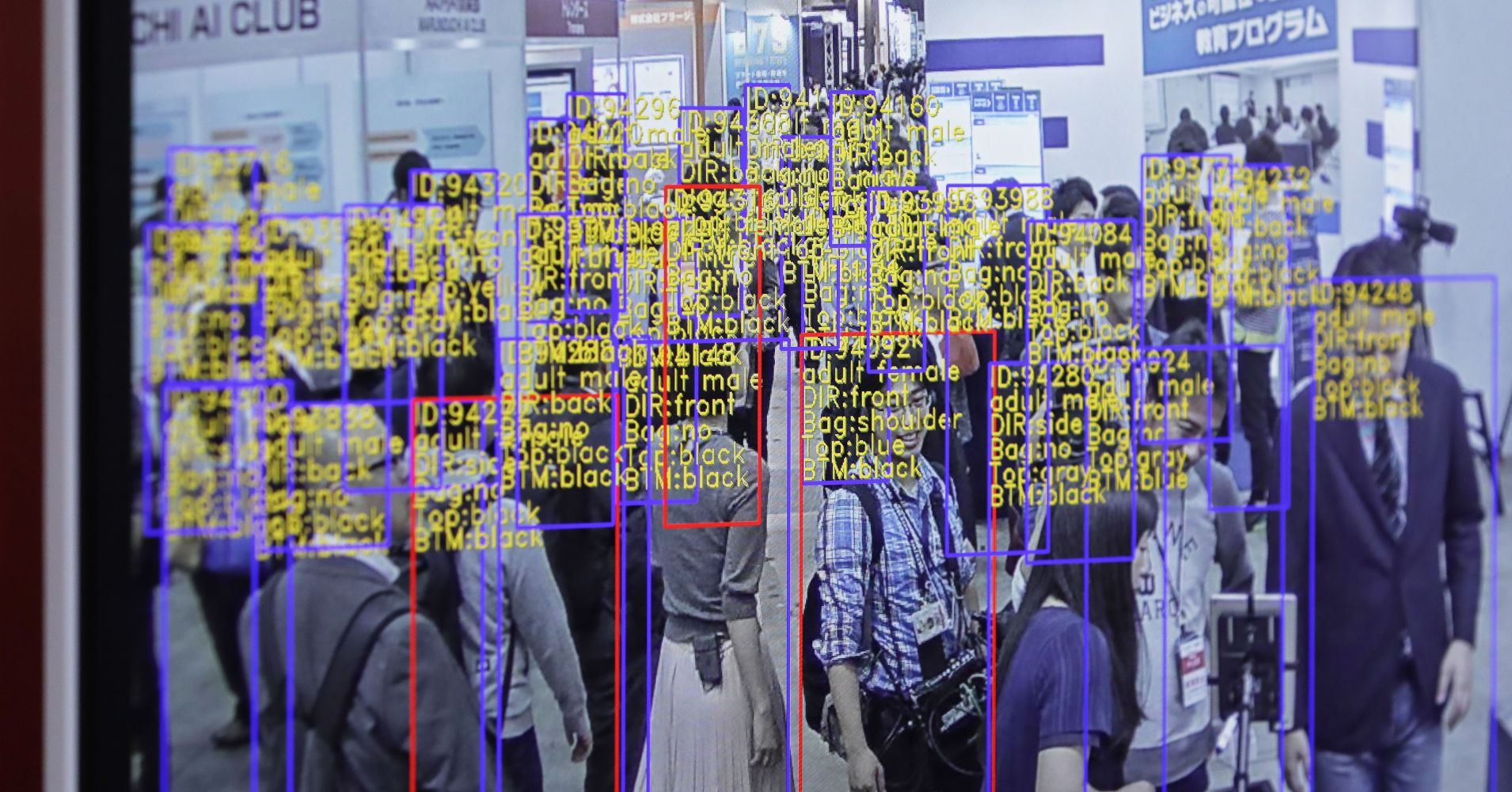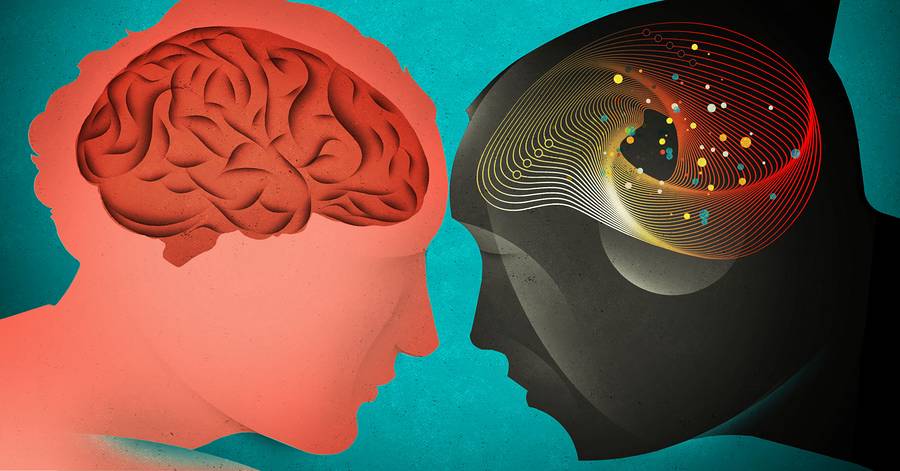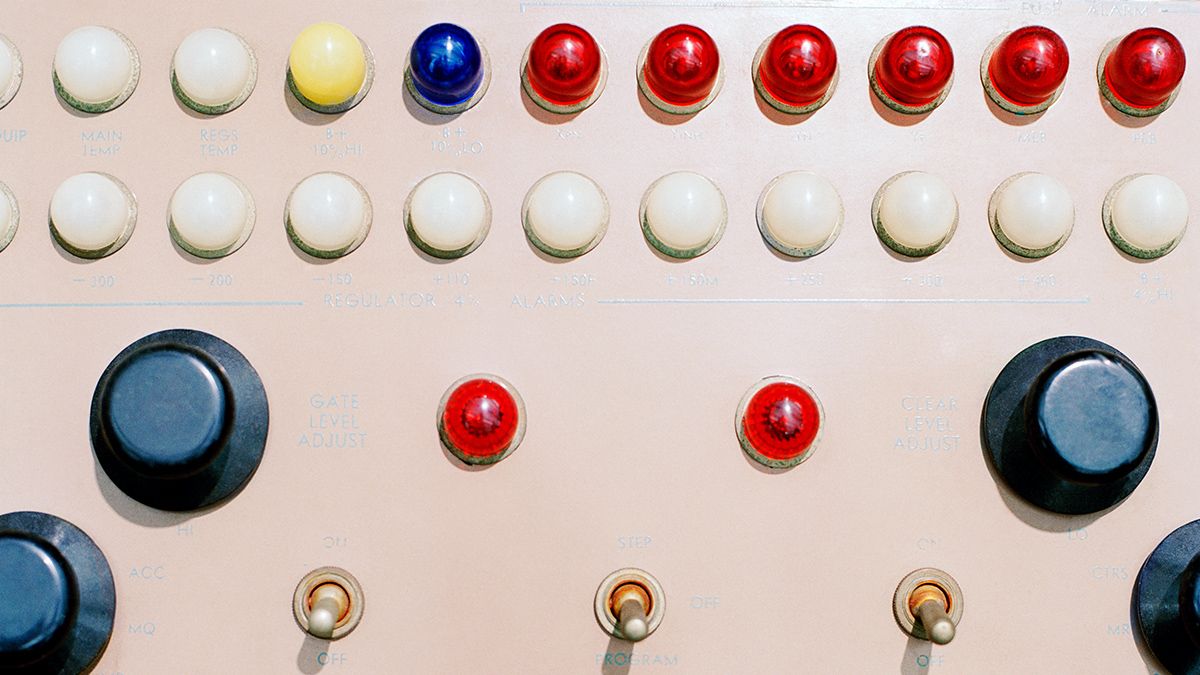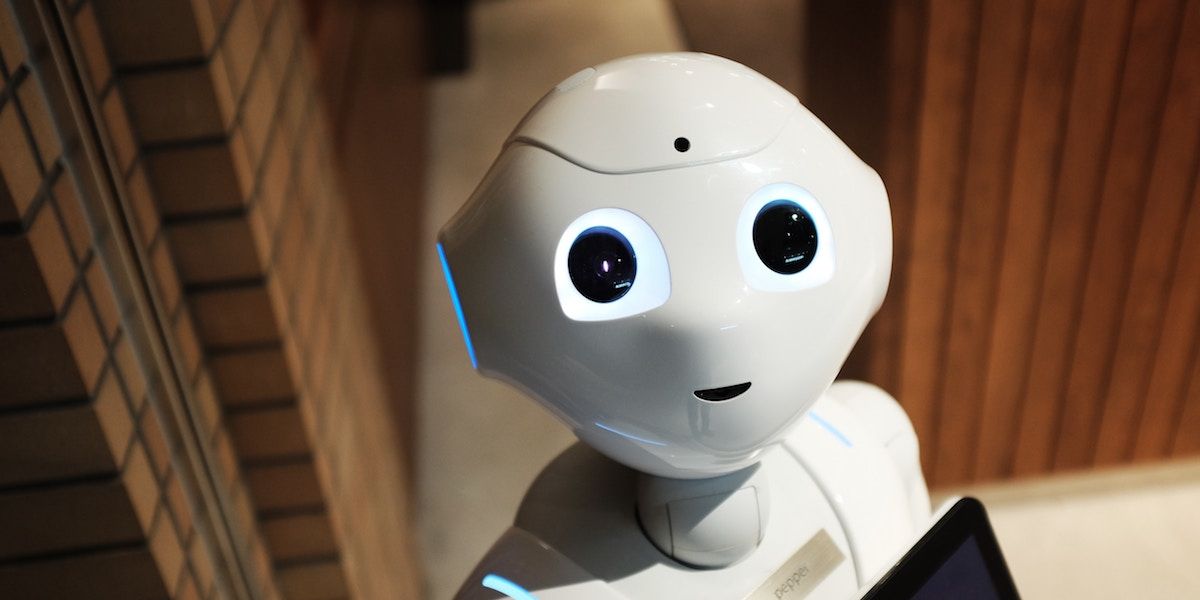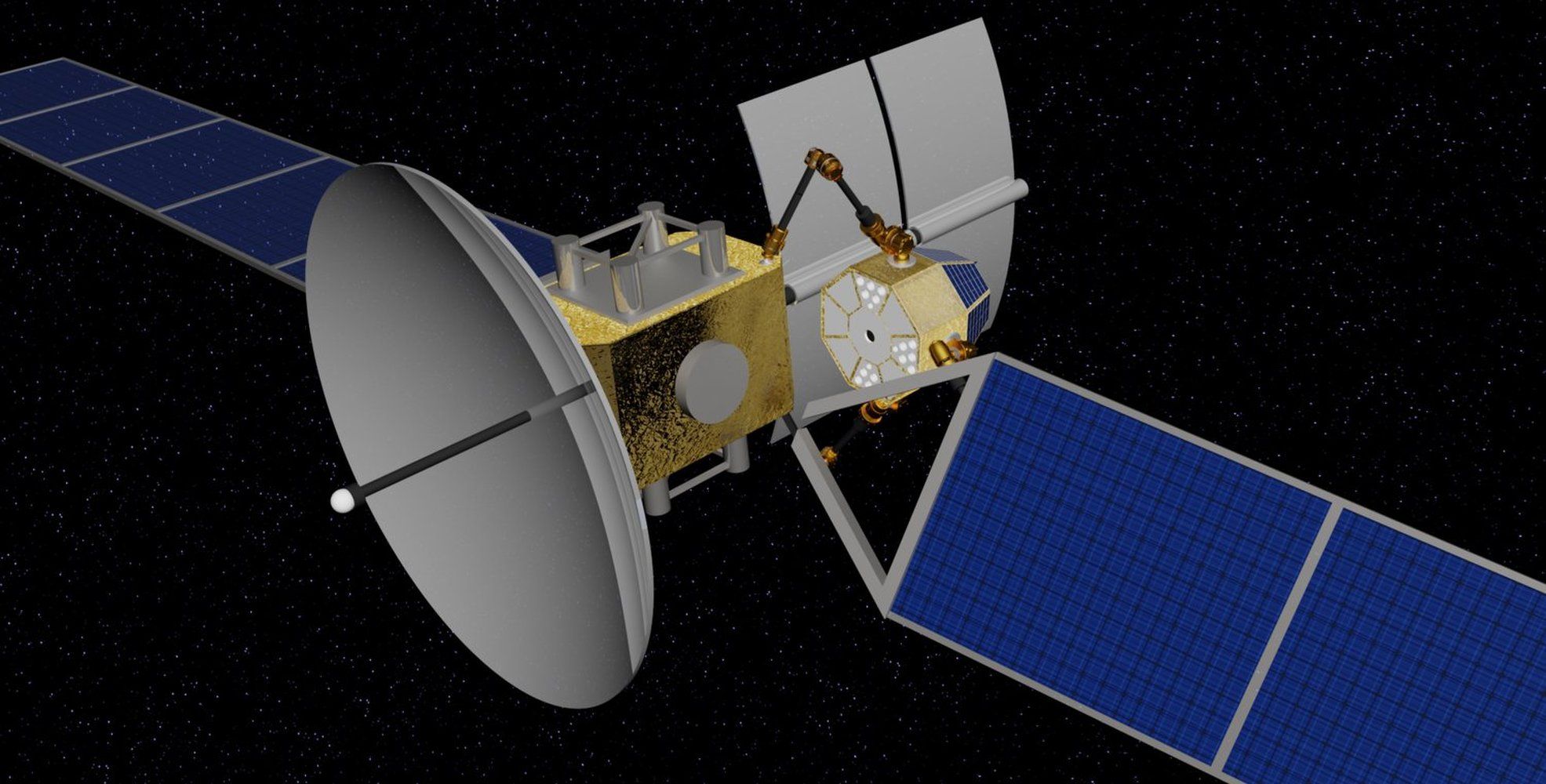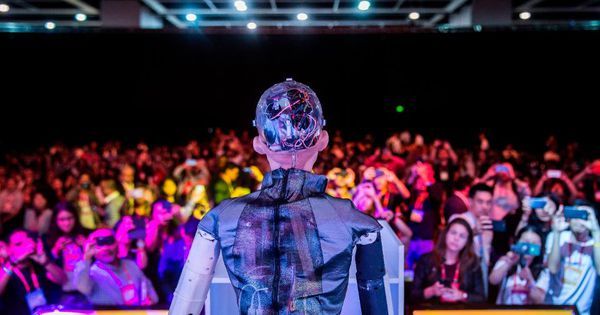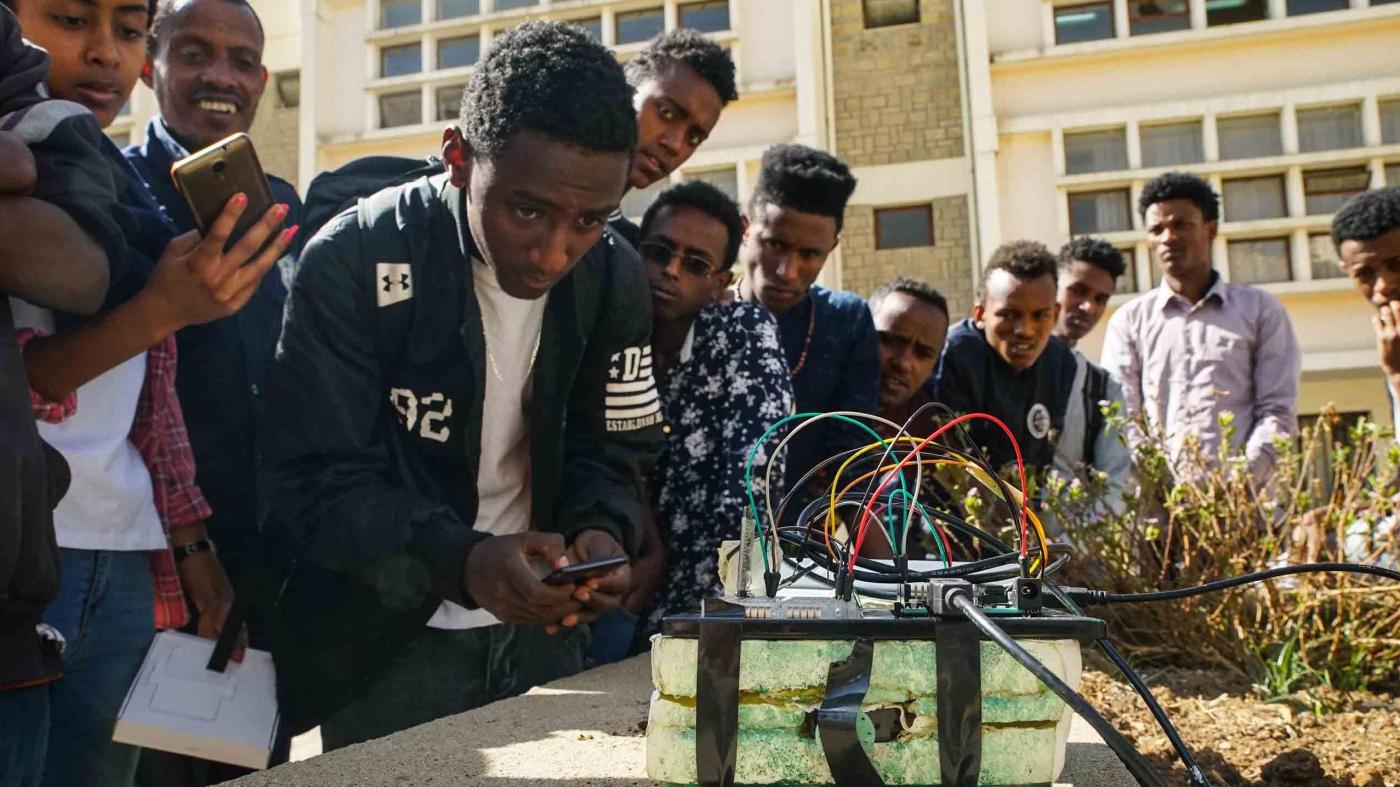AI is a buzzword that gets tossed around often in the business world and in the media, but it is already having tangible effects for a slew of industries — not least those that rely on a significant amount of manual labor.
As AI comes increasingly closer to maturity, and businesses continue to ramp up investments in it, some worry that not enough attention is being paid to the broader social and moral implications of the technology.
CNBC spoke with some experts to see what they think are the five scariest potential future scenarios for AI.
